In general, things that burn are likely to produce less-than-pleasant odors, smoke, and vapors. Burning organic material produces the chemicals—the source of the smoke smell— that we’re sensitive to.
Think about burnt toast for a second and how the charred smell lingers. Toast is dry food so there’s no fat to trap the smoke particles. These particles can therefore spread, with the burnt smell getting “trapped” in curtains and upholstery materials. The smell can even bind to wall paint. Or how about bonfires with garden waste? The smoke produced by these bonfires contains pollutants such as carbon monoxide, dioxins, and other unpleasant particles. And burning plastic, rubber or painted materials smell even worse. Even something as ordinary as hair can create terrible smell. The heat from hair straighteners can weaken or even break keratin in hair. This does not only damage the hair but can also create an awful burning odor.
What About Cigarette Smells?
A cigarette burns tobacco at incredibly high temperatures that can exceed 800°C. This creates what’s called a smoke aerosol, which contains carbon-based solid particles and high levels of harmful chemicals.
But unlike cigarettes, IQOS does not use burn, instead, it uses “heat technology.” IQOS heats tobacco at a lower controlled temperature. This allows the device to generate nicotine-containing aerosol instead of tobacco smoke.
We know, through our extensive research, that many of the chemical reactions that take place when lighting up a cigarette (combustion) don’t occur because of this heat technology.
How Is Air-Quality Affected?
But can somebody smell the aerosol that IQOS produces? Does this mean that IQOS smells less compared to traditional cigarettes?
Generally, IQOS aerosol should be less detectable than normal cigarettes. Determining if you can smell IQOS will also depend on many factors, such as air quality and air circulation in your location. The quality of the air inside where you live, work, or socialize depends on a whole bunch of factors, such as contaminated outdoor air and emissions from building materials, furniture, equipment, heating ventilation systems, and even cooking and cleaning.
Our scientists test IQOS and Indoor Air Quality under the strictest of conditions in our research center in Switzerland. We track compounds in the air in conditions that simulate different environments, such as homes, offices, and restaurants.
Can IQOS Be Used Indoors?
You’re probably now wondering if IQOS can be used indoors. Well, the good news is that our research center in Switzerland shows that the nicotine-containing aerosol generated by IQOS does not negatively impact indoor-air quality. If you want to remove the smell of burnt tobacco from your life, you can use IQOS in your own home.
However, the use of IQOS in other indoor locations will depend on the discretion of these places. In general, indoor use of cigarettes and electronic cigarettes such as vapes and IQOS is prohibited. Smoking in public places in the Philippines is restricted to designated areas, which are often in outdoors and in open spaces. But IQOS generates no combustion and smoke and forms less HPHCs or Harmful or Potentially Harmful constituents compared to cigarettes. Elsewhere in the world—for instance, in Japan—people can use IQOS in the common dining areas in restaurants versus smokers who need to go outside.
In the Philippines, you can use IQOS where smoking is allowed. Visit IQOS pop-up stores and boutiques in select malls or the IQOS online store for more information.
Back to Updates
Important Information: This product is not risk free and provides nicotine, which is addictive. Only for use by adults who would otherwise continue to smoke or use other nicotine products.
IQOS are only for adult smokers who otherwise wish to continue to use tobacco or nicotine containing products.
This article is for general information and educational purposes. Some of the information in this article is based on external, third-party sources and we make no representations or warranties of any kind regarding the accuracy, validity or completeness of such information.

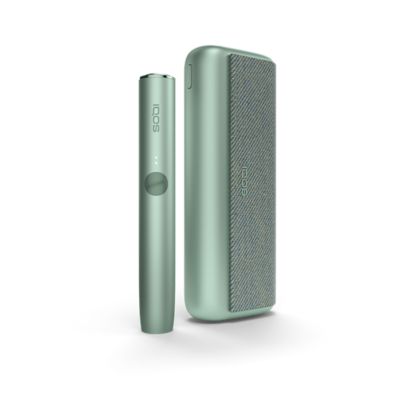
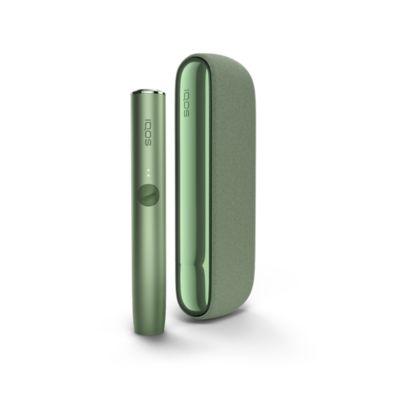
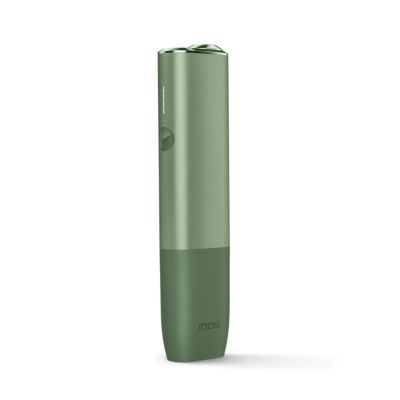
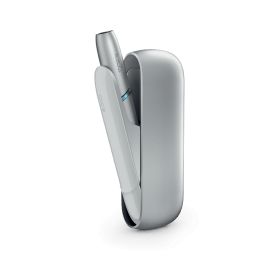
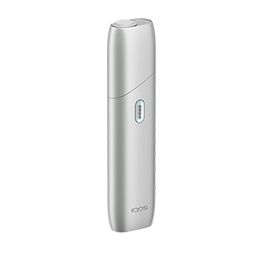
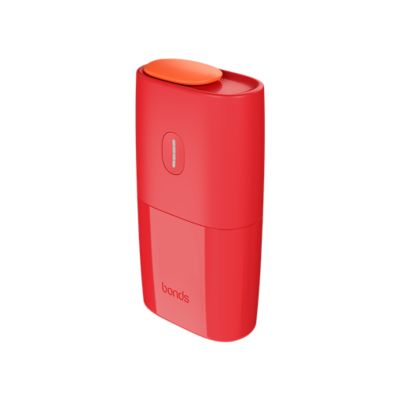
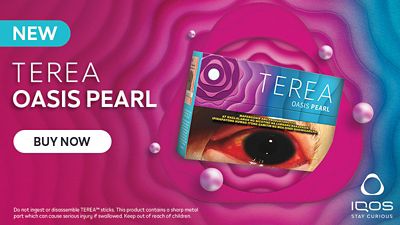
)


.jpg/IQOS__SEOUC22_11.4-What_s-in-a-Cigarette-istock-image-mobile_Web_en_oc_SQUARE (1).T1680008681885.V2506455000_4180111_313_5202.jpg)








